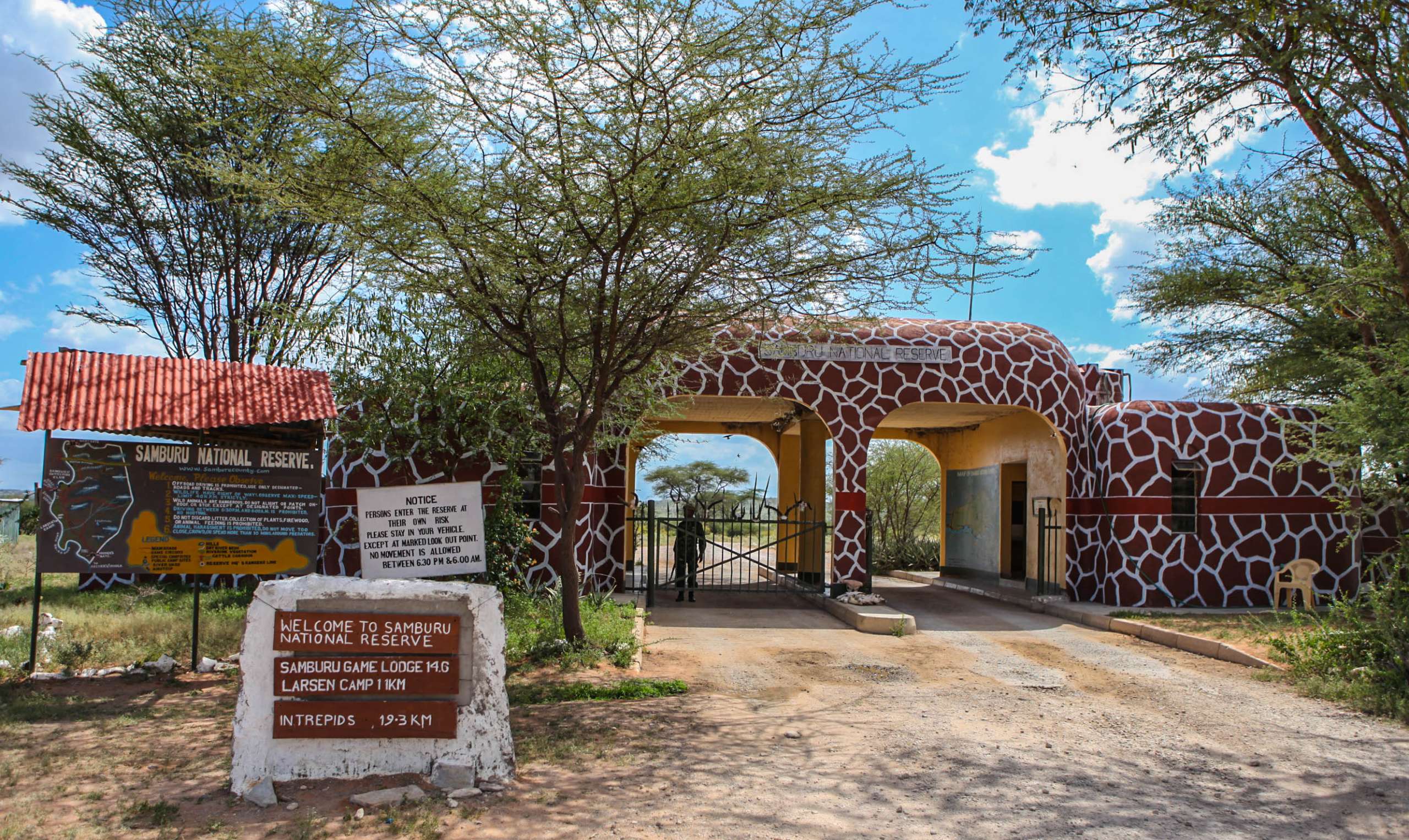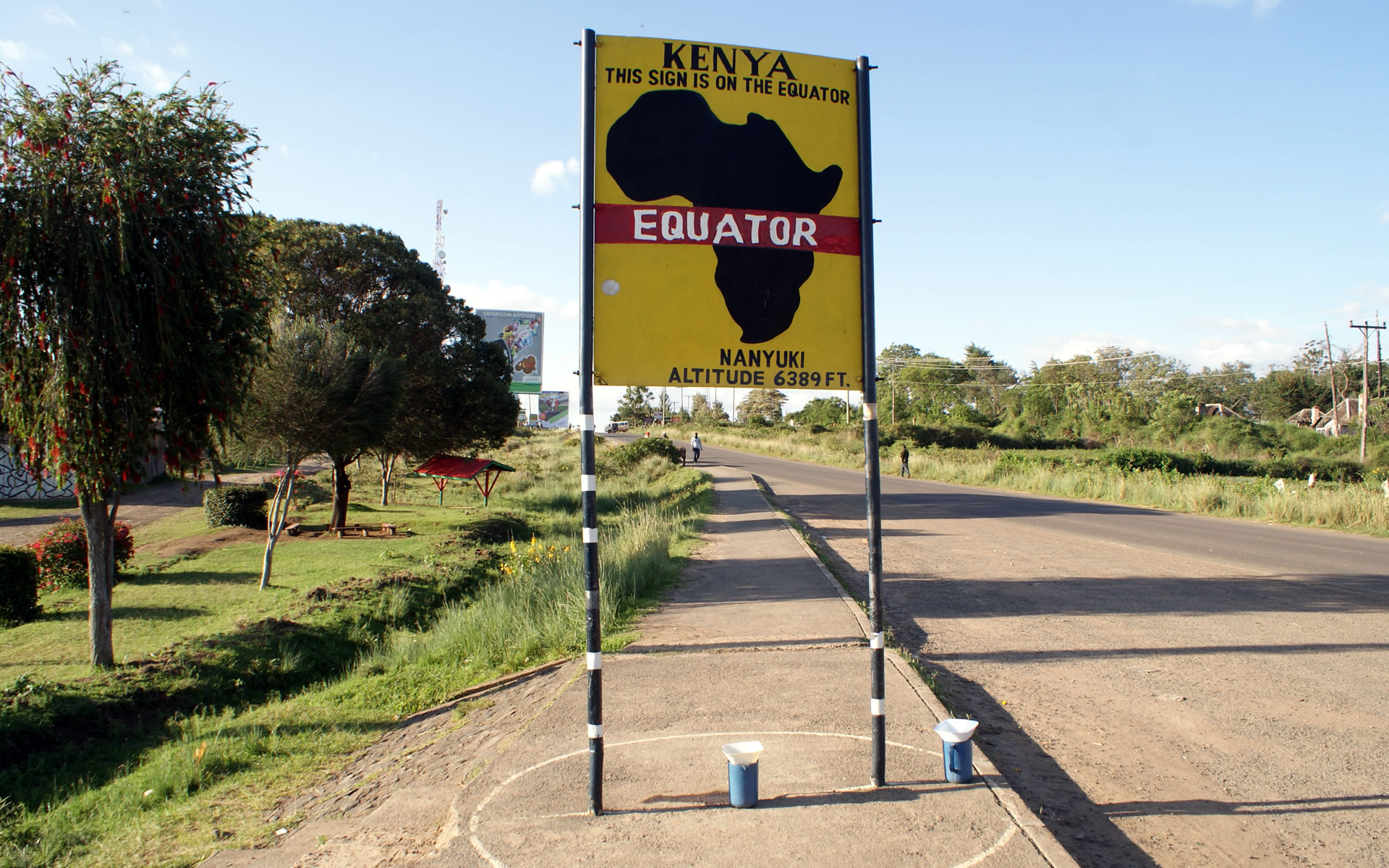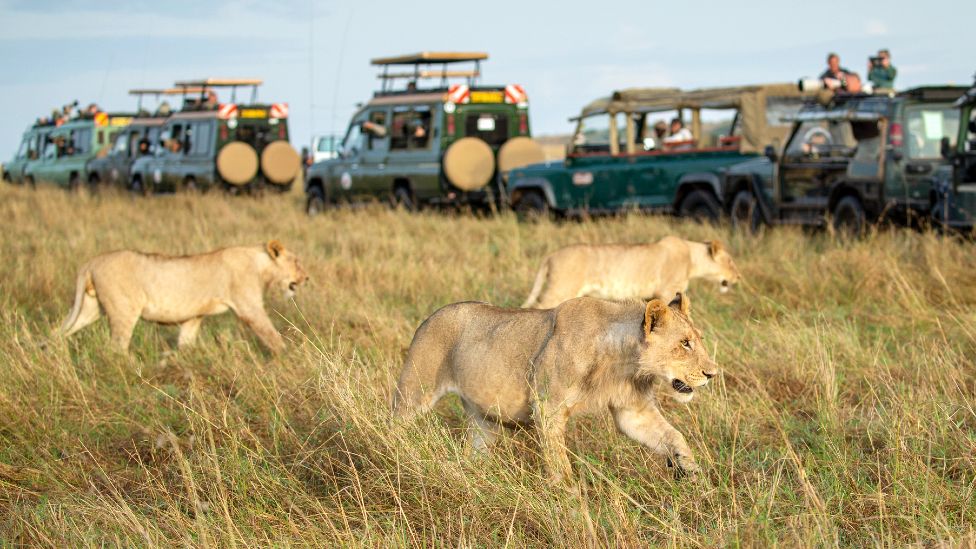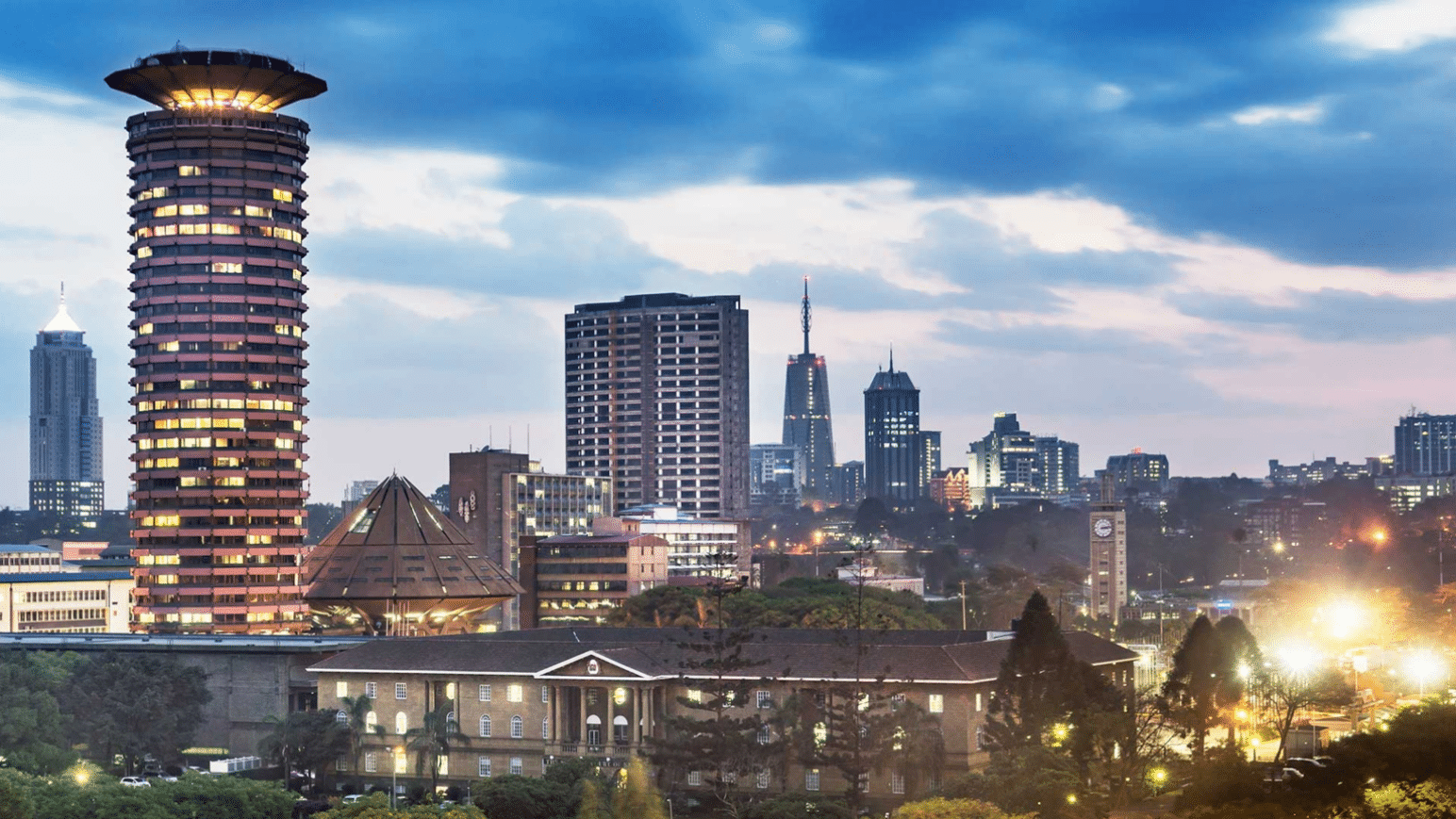THE PERFECT TWO WEEKS KENYAN ITINERARY FOR WILDLIFE LOVERS
Kenya occupies the topmost position as far as safaris in East Africa are concerned. While wildlife is the star attraction, it is impossible to see everything on a short trip.
This fourteen days itinerary, therefore, will not only take you through some breathtaking landscapes, but will provide an opportunity to see a wide variety of birds and animals in their natural habitat.
Day One – Nairobi
The Kenyan capital serves as the perfect gateway to an African safari trip. After a short rest to recharge your batteries, spend the rest of the day visiting the Nairobi National Park, an oasis of wildlife set in the heart of the city.
Stay at the Emakoko Hotel which you can easily book with Naturetrek, perched on an escarpment right on the edge of the park. You can see giraffes against the skyline of the city and other animals next to the elevated metro tracks that traverse the park on the first day itself.
If you have more time or want an alternative to the Nairobi National Park, a visit to the Giraffe Center on the western side of the city is quite enjoyable. This is a sanctuary for the endangered Rothschild Giraffe where guests can interact with these beautiful animals during meal times when they come peeking inside to share the food with you.
Days Two, Three and Four – Samburu Reserve

Most of the big game such as hippos, elephants, crocodiles and the Big Five are concentrated in this area. Apart from amazing wildlife sightings, there are more than 365 species of birds to be found here
Some of the endemic animals not seen further south are the Somali ostrich, Grevy’s Zebra and the unusual antelope, Gerenuk, that feeds high off the trees using its hind legs.
You will also get the chance to see the native Samburu tribesmen in their red robes as they lead their cattle to the river for a drink.
Top tip: Ol Malo safari home is perched on a cliff and offers incredible views of Samburu Land.
Day Five- Nanyuki

The hills and the plains of the Laikipia Plateau, to the northwest of Nayuki, are home to large herds of lions and elephants including the endangered Grevy’s Zebra. Nanuyki sits on the equator and as such enjoys year round sunshine. It is also the base point of climbing expeditions to Mount Kenya.
Day Six, Seven and Eight – Naivasha
From Nanyuki, travel through the Rift Valley towards Naivasha, an important habitat for animals and mostly birds.The forests here hold a staggering 400 different kinds of birds, while the cliffs at the Hell’s Gate National Park are a nesting place for many species of raptors. The highlights of your bird trek will possibly be the rare Maccoa ducks, malachite kingfisher and African darters, among others.
Spend your next day at the Elsamere Conservation Center, dedicated to Joy and George Adamson. The institution is now a dedicated place for the care of injured and other endangered animals. End the day with a trek to the Oloiden Lake to spot large colonies of lesser flamingos.
Day Nine and Ten – Nakuru
Today your trip will begin with a drive to Lake Elmenteita, known as the soda lake of Kenya, because of the high concentration of carbonate salts it holds. The lake is extremely shallow in places and attracts many endemic and migratory birds. Nearly 450 species can be found in this conservancy area.
Another great day of birding awaits you at the Lake Nakuru National Park where nearly 500 species have been recorded. This is another popular region of biodiversity and is the best place to spot the pretty long-tailed willow bird in the whole of Kenya. Some rare birds you can find here are the Verreaux eagle owl and long crested eagle. Wild animals include rhinos, lions, antelope and buffalo.
Day Eleven Twelve and Thirteen – Masai Mara

Once in Masai Mara your options are unlimited. You can spend your first day on a game drive to the Mara River to see the huge Nile crocodiles. Wildebeest and Zebra can be found in their thousands on the vast grazing plains of this park.
On your second morning enjoy a unique wildlife experience on a hot air balloon safari. A pre-dawn start from your lodge will take you to the launch site nearby. Just as the sun rises, so does your balloon, but only where the wind will take it. As the pilot controls the altitude of the balloon, you get a memorable opportunity to see varied wildlife and take photographs from above.
Spend your last day in the northern part of Masai Mara to spot different animal species from close quarters. The sheer diversity of wildlife here will leave you spellbound. If you want to focus on birdwatching, you can combine the two on your safari.
Top tip: Tangulia Mara Camp, totally Masai owned, is an authentic place to stay.
Day Fourteen – Nairobi
The time to say goodbye has now come. Your driver will be ready to drive you back to Nairobi for the next leg of your journey or for your return international flight back home.
If you still have time before the flight, check out the David Sheldrick Elephant Orphanage which is home to rescued orphaned elephant calves, saved from poaching and brought here to receive special care and treatment.
In two weeks you can experience all the Kenyan safari highlights at a comfortable pace. The best time to visit Kenya is between the months of July and October which are the peak season months. This also the time of the great migration, when animals move to and fro from the Serengeti in Tanzania to the Masai Mara and back.

